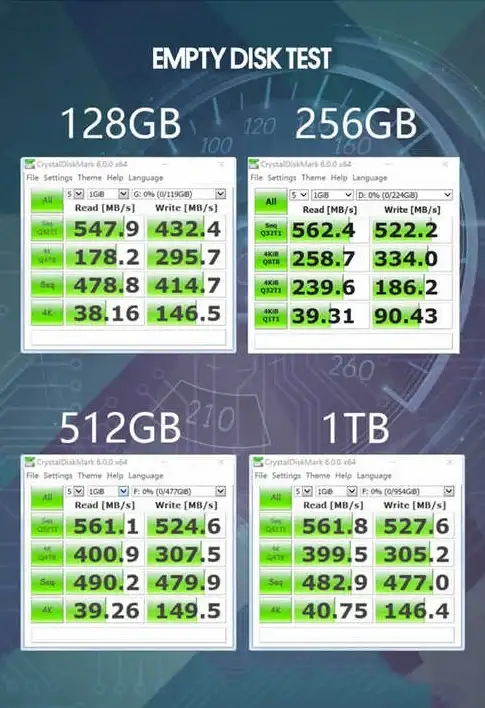Database|Implementation Implementation of Database Systems 数据库系统实现 英文
- 问答
- 2025-07-31 22:58:56
- 3
Database Systems Implementation: Bringing Data to Life
Imagine this: You're running an e-commerce app 🛒, and suddenly, your database crashes during a flash sale. Customers are furious, orders are lost, and your team is scrambling to fix it. What went wrong? 🤔
This is where database system implementation comes into play—the behind-the-scenes magic that ensures your data is stored, retrieved, and managed efficiently. Whether you're a developer, a data engineer, or just curious about how databases work under the hood, let’s break it down in plain English.
What Is Database Implementation?
Database implementation is the process of designing, building, and optimizing a database system so it can handle real-world data demands. It’s not just about creating tables—it’s about making sure the database is fast, reliable, and scalable 🚀.
Key aspects include:
- Storage Engine (How data is physically stored on disk 💾)
- Query Processing (How SQL commands are executed ⚡)
- Transaction Management (Keeping data consistent even during failures 🔄)
- Indexing & Optimization (Speeding up searches 🔍)
Core Components of Database Implementation
🔹 Storage Management: Where Data Lives
Databases don’t just "save" data—they organize it efficiently. Modern systems use:

- Row-based storage (Good for transactional workloads, like banking 🏦)
- Column-based storage (Great for analytics, like business reports 📊)
- Memory caching (Redis, Memcached—speed demons ⚡)
🔹 Query Execution: The Brain Behind the Scenes
When you run SELECT * FROM users WHERE age > 30, the database doesn’t just scan every row—it:
- Parses the query (checks syntax ✔️)
- Optimizes it (picks the fastest path 🛣️)
- Executes it (fetches results 🏎️)
🔹 Transactions & ACID: Keeping Data Safe
Ever sent money and had it disappear mid-transfer? 💸 Databases prevent this with ACID properties:
- Atomicity (All or nothing ✅)
- Consistency (Follows rules 📏)
- Isolation (No interference 🚧)
- Durability (Survives crashes 💪)
🔹 Indexing: The Speed Boosters
Without indexes, searching a database is like finding a needle in a haystack �. Indexes (B-trees, hash maps) make lookups lightning-fast ⚡.
Real-World Challenges in Implementation
Building a robust database isn’t easy. Common hurdles include:

- Scalability (What works for 100 users fails at 1 million 📈)
- Concurrency (Too many users editing the same data? Chaos! 🎭)
- Fault Tolerance (Servers crash—how to recover? 🛠️)
Modern solutions?
- Sharding (Splitting data across servers 🧩)
- Replication (Copies of data for backup ♻️)
- Distributed Databases (Cassandra, MongoDB—built for scale 🌐)
Future Trends (2025 and Beyond)
Database tech never stops evolving. Here’s what’s hot:
- AI-Optimized Querying (Databases that learn your patterns 🧠)
- Serverless Databases (No infrastructure headaches ☁️)
- Blockchain-Based DBs (Immutable & decentralized ⛓️)
Final Thoughts
Database implementation is the unsung hero of tech—without it, every app, website, and service we use would crumble under data chaos. Whether you're tweaking SQL queries or designing a distributed system, understanding how databases work under the hood makes you a stronger engineer.
So next time your app runs smoothly during a sale, give a silent nod to the database wizards behind it all. 🧙♂️💾

(Sources: Industry best practices as of July 2025.)
本文由 何秋白 于2025-07-31发表在【云服务器提供商】,文中图片由(何秋白)上传,本平台仅提供信息存储服务;作者观点、意见不代表本站立场,如有侵权,请联系我们删除;若有图片侵权,请您准备原始证明材料和公证书后联系我方删除!
本文链接:https://vps.7tqx.com/wenda/499034.html








发表评论